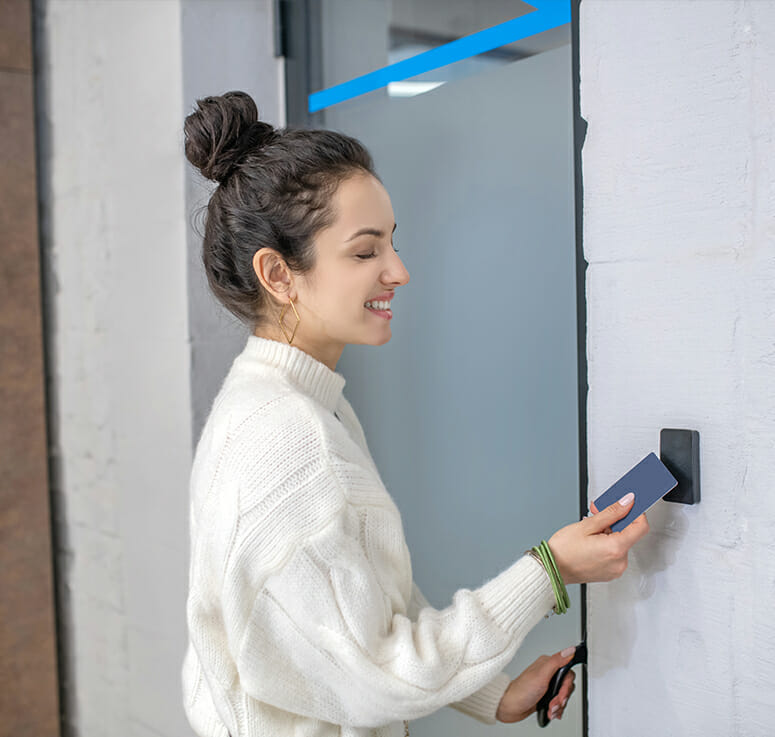Access control systems can be applied in various settings and industries to manage access to physical and digital resources. Here are some common types of applications for access control systems:
Physical access control:
- Building access: Offices, residential buildings, government facilities, warehouses, or industrial sites often use access control systems to secure entry points and internal areas.
- Restricted areas: Access control can be used to protect sensitive or hazardous zones within a facility, such as server rooms, research labs, or storage areas for valuable or dangerous materials.
- c. Parking lots and garages: Access control systems can be implemented to manage entry and exit in parking facilities, ensuring only authorized vehicles are allowed access.
Digital access control:
- Network and data access: These systems manage user access to computer networks, databases, or sensitive digital resources, preventing unauthorized users from accessing or manipulating critical data.
- Software and applications: Access control mechanisms can be integrated into software or web applications to limit user access to specific features, data, or administrative tools based on user roles or permissions.
- c. Cloud-based services: Access control systems can be used to secure access to cloud-based platforms, resources, or services, ensuring that only authorized individuals have access to the information stored in the cloud.
Time and attendance systems:
- Employee tracking: Access control systems with time and attendance features can be used to monitor employee work hours, manage time-off requests, and maintain accurate records for payroll purposes.
- b. Visitor management: Access control systems can help manage and track visitors in a facility, providing temporary access credentials and maintaining a record of visitor entry and exit times.
Integrated security systems:
- Security system integration: Access control systems can be integrated with other security systems, such as video surveillance, intrusion detection, or building management systems, to create a comprehensive security solution.
- b. Multi-factor authentication: Combining access control with other authentication methods (e.g., biometrics, PIN codes, or mobile devices) can provide an additional layer of security and help prevent unauthorized access.
These applications can be found in various industries and environments, including commercial, industrial, educational, healthcare, government, and residential settings.

